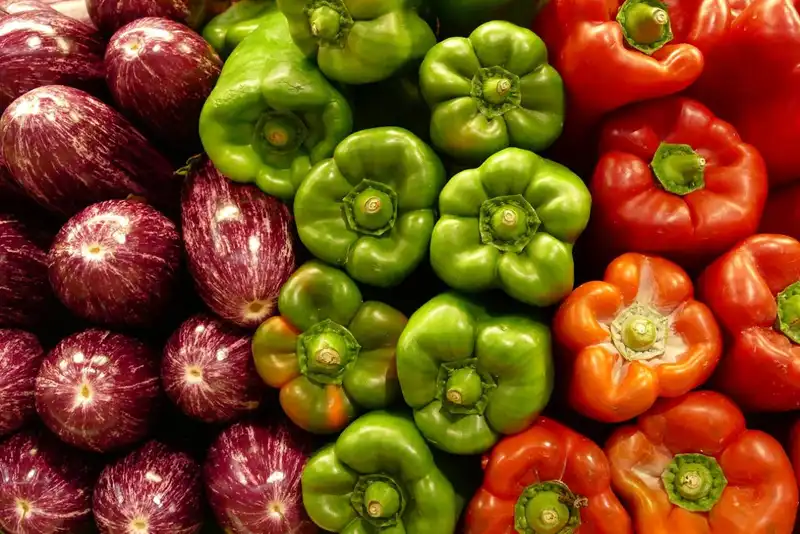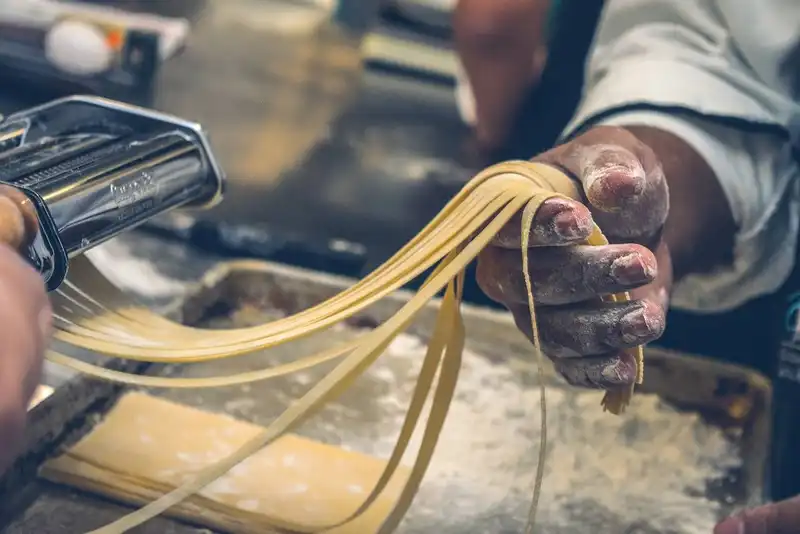The Positive Impact of COVID-19 on Global Food Supply Chains
What is a Global Food Supply Chain?
Within the network of the global food supply chain is a host of food processing and food distribution units that work in unison to provide safe and sustainable foods around the world. Producers, consumers, and policy makers are all instrumental to the flux of the food supply chains. Having a food chains in place creates an effective way to keep the food supply fresh and ready to eat without food safety issues becoming a deterrent.
Changes Over Time
Food systems have been constantly changes ever since the beginnings of agriculture. The more complex the webbing of the system becomes, the more challenges are presented. With each challenge, a new development has to be made to meet it.
Advancements in food storage and transportation have evolve from simple methods to more advanced techniques. Trade routes with food distributors have existed for thousands of years and continue to develop with spice trades and also animal and agriculture.
Complex Current Global Food Systems
Today the food systems are complex with both local and global food chains. Animal products, plant products, and other food ingredients are all moved though the food system. The entire world now relies on the global food chains. Any break in the chain can have massive repercussions across the globe.
In the United States, agricultural food is produced by farmers in California and throughout the Midwest. The journey of food follows a path that can branch out into many different directions depending on the food product. Once it leaves the farm it can either go to a food processing plant or move on to transportation and ultimately distribution to markets. Usually, if food is perishable and needs to be sold with its freshness intact, it will go to packaging immediately to retain freshness.
Economic Impact
Data from a 2018 report noted that agricultural imports in the United States were responsible for $129 billion dollars. International trade of food products also drew high numbers. This goes to show how important having a global food supply chain is for future economic growth and to keep the world flush with food products.
The Pandemic's Positive Impact on Global Food Supply Chains

During the COVID pandemic the food supply chains throughout the world were stressed. However, there has been a remarkable resiliency in the way food systems bounced back around the world. Policy responses from the United Nations have prompted the resurgence of supply chains which function with demonstrable certainty.
Innovations and food chain resilience
Those in the supply chain have already started introducing new innovations as a response to the restrictions imposed due to COVID-19. The response from these methods is still very new but they are already showing positive impact on food supply chains especially in developing countries.
Social Innovations
Interactions between labor have been restructured. This allows for a reduction in shortfalls accessing labor and provides increased flexibility for the sourcing and timing of labor. Most of the focus is on keeping the movement and safety of the workers intact.
Technological innovations
Because of the new public health regulations introduced during the pandemic, technology has been focused on improving food safety and safer working environments. Hygiene is improved and personal interactions have been reduced between co-workers and customers. Contactless delivery of food is an example of this technological innovation.
Growth of Contact-Free Options
E-commerce was already being used but became a go-to source of consumerism during COVID-19. The e-commerce expansion increases the options for shopping. Large e-commerce companies have already ramped up development of both retail services and intermediation to facilitate e-commerce throughout COVID-19 on the way back to normalcy. In fact, the acceleration of e-commerce as a viable option is something that will most likely continue in a post-pandemic world.
Another good example is the evolution into curbside pickup. A few months into the pandemic, food retailers jumped on the explosion of curbside pick-up options. It allowed restaurants, markets and other retailers to remain open while still offering safe shopping options.
Continued Improvement
Keeping the global food supply chains strong is imperative to maintaining food security. Both private sectors and large firms are designing more innovative steps to keep things flexible. All aspects of the supply chains are being overhauled for safety and continued results including labor access, product procurement, financial responsibilities, marketing channels and future technologies.
Governments and development partners continue to invest in the recovery of food security in the food supply chains and support efforts to rebuild the supply chains with more resiliency for the future.
Last Look at the Global Food Supply Chains

- The food supply chains are made up of producers, consumers, and policymakers.
- The COVID pandemic created challenges to the global food supply chains that were met with policy responses that create a strong bounce-back.
- New innovations for the supply chain have shown positive results after the COVID pandemic, especially in developing countries.
- Businesses are embracing e-commerce as a viable solution during COVID-19. Examples include contactless delivery and e-commerce for customers.





